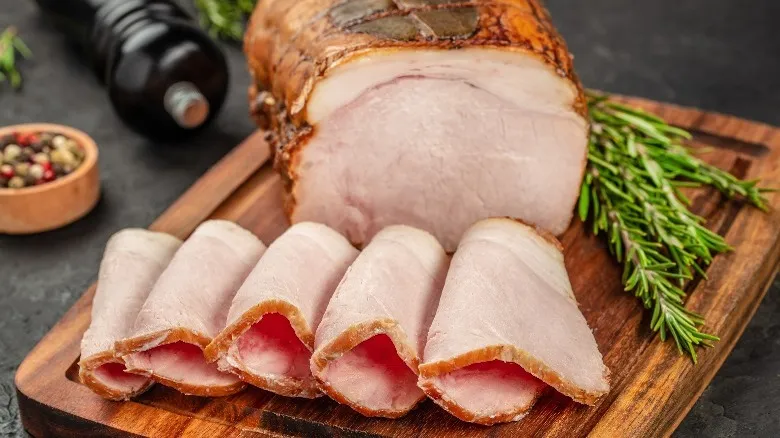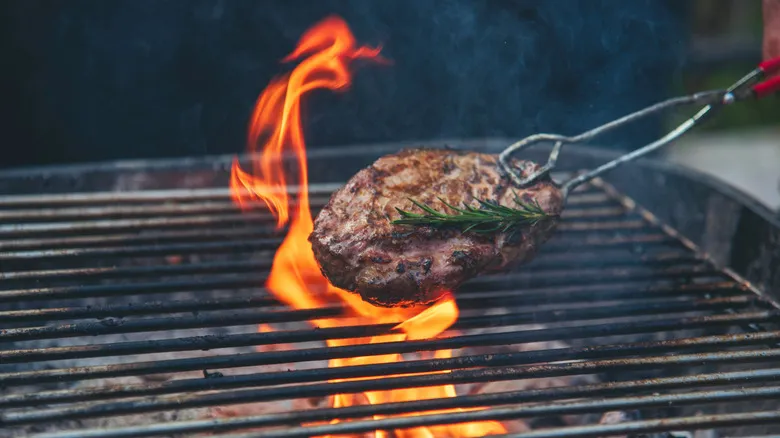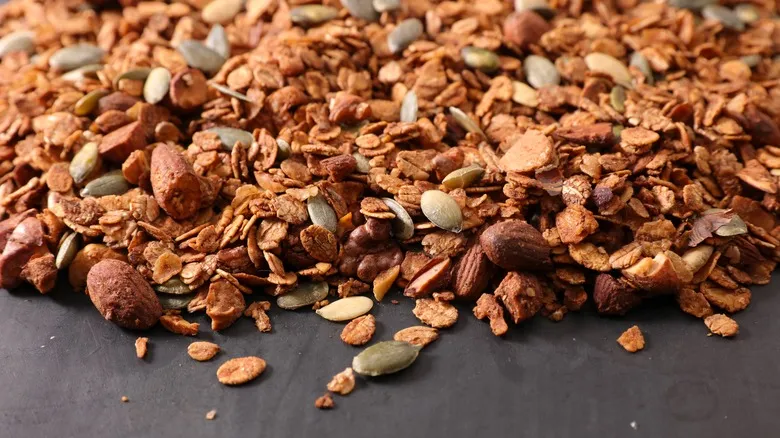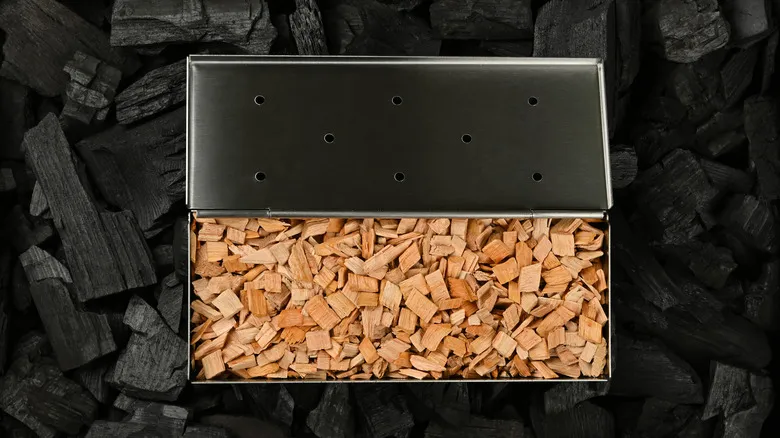How to buy and cook pork loin

Pork loin is a substantial cut taken from the upper central torso of the pig. Often referred to as a center cut or top loin roast, it can be purchased with the bone in or boneless. Notably, pork chops, which are perhaps the most well-known pork cut, are derived from the bone-in loin, as it is sliced into individual chops.
When deboned, pork loin presents as a broad, thick piece of meat with an oval cross-section. It typically weighs between 2 to 4 pounds, making it larger than the tenderloin, which ranges from 1 to 2 pounds. Preparation is similar to that of any roast, and it's best to season or brine it beforehand. Temperature control is essential, as this cut is lean and can easily dry out due to its lower fat content, so it's important to avoid overcooking. Unlike tougher cuts such as the shoulder and butt, which can withstand higher internal temperatures, pork loin should be removed from the oven once it reaches an internal temperature of 145 degrees Fahrenheit to ensure optimal juiciness. If you frequently cook pork loin, investing in a reliable meat thermometer, such as the Meater Plus smart wireless thermometer or the Alpha Grillers' instant-read digital thermometer, can help prevent it from drying out.
How to buy and cook pork tenderloin

When it comes to the larger loin, which is typically used for roasting, the smaller tenderloin is better suited for frying, grilling, or baking. This cut is as lean as chicken breast and can be treated similarly in cooking. When prepared correctly, it becomes a delicious boneless piece of meat, but be careful not to overcook it. Remember to remove the silver skin — an inedible membrane that contracts during cooking, distorting the meat and potentially affecting its texture. Trim it away before you season or marinate.
You can simply season the tenderloin with salt and pepper, but it also pairs wonderfully with various rubs or marinades. This lean cut absorbs marinades well, enhancing its flavor and helping to keep it moist. If you opt for a spice rub, ensure you cover the entire piece of meat for the best visual appeal and flavor. Regardless of your cooking method, take it off the heat when the internal temperature reaches 145 degrees Fahrenheit (which won’t take long). Afterward, slice it into half-inch or 1-inch medallions. Serve it on a platter with roasted vegetables and some crusty bread to soak up any sauce or juices.
Recommended

Never Cook On A Public Grill Without This Crucial Prep Step

Don't Forget This Expert Advice When Choosing Wood Chips

Once You Start Grilling Your Granola You'll Never Turn Back

3 Ways To Create The Flavor Of Smoked Meat Without A Smoker
Next up





